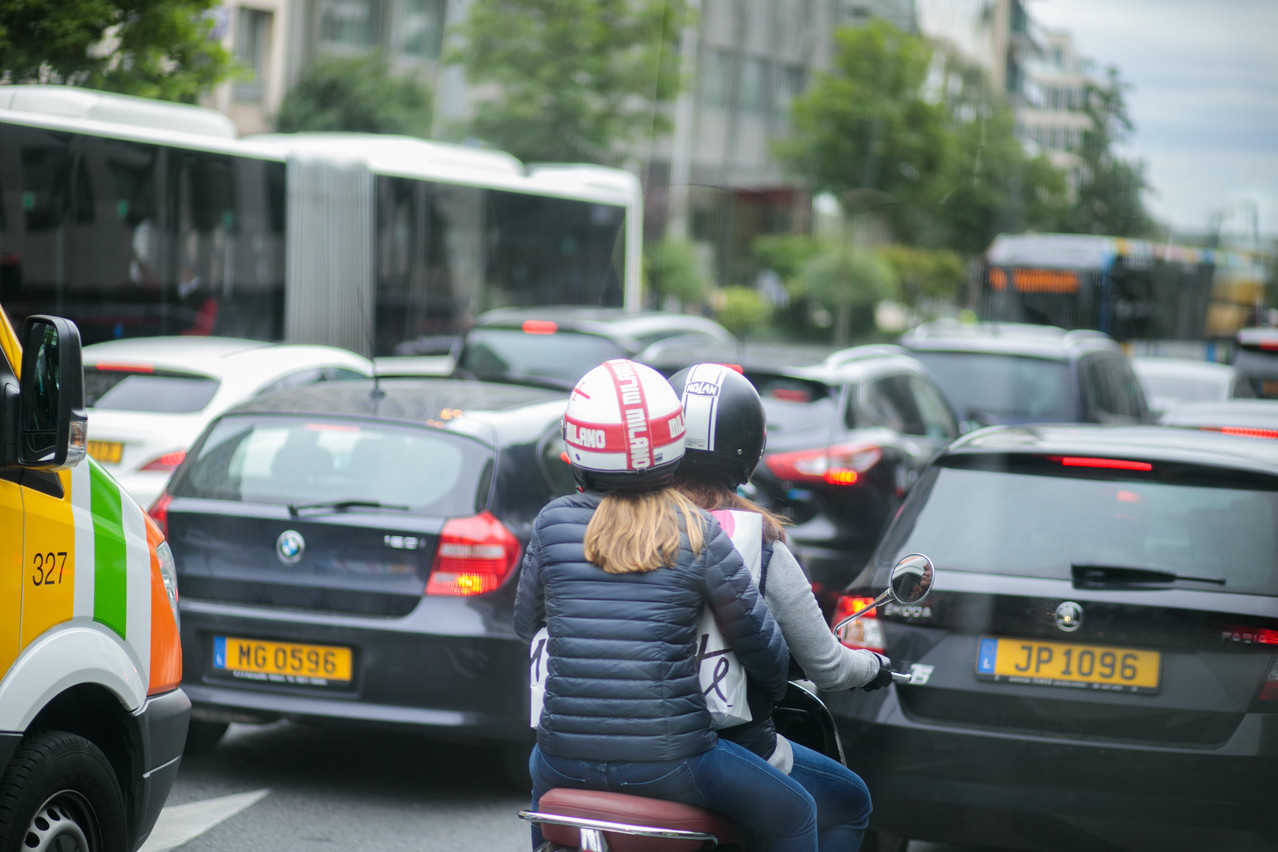How does Luxembourg's capital compare with its neighbours in terms of traffic jams? Better, according to TomTom's 2021 of the 404 most congested cities in the world, spanning across 58 countries. Paris (France) comes 37th, Brussels (Belgium) 52nd, Berlin (Germany) 79th.
Luxembourg City even ranks lower than some major French cities like Marseille, Bordeaux and Lyon. But it still makes it into the top 100, sitting in 98th place, with an average congestion level (i.e. the percentage increase in travel time compared to conventional travel time) of 28%.
TomTom does, however, award several places to cities that were tied. For example, Luxembourg came 98th, although it has the same congestion rate as Genoa (Italy), 95th, and Belo Horizonte (Brazil), 104th. This is also the same rate as Sydney (Australia) and Milan (Italy), but higher than Barcelona (Spain), for example.
The five most congested cities are Istanbul (Turkey), Moscow (Russia), Kyiv (Ukraine), Bogota (Colombia) and Mumbai (India). Moreover, these are the figures per city. The ranking would surely have been different if the level of congestion in the country had been analysed.
Five days of congestion in a year
28% means that a 30-minute journey through the capital will take eight minutes longer. The rate increases compared to 2020 in Luxembourg, where it was 25%. However, this is still below the pre-crisis level of 36% in 2019. Luxembourg was ranked .
Peak hour congestion has also decreased by 20 percentage points in the morning compared to 2019, reaching a congestion level of 50%, and by 19 percentage points in the evening, to a rate of 53%. In 2021, motorists driving in traffic lost an average of 15 minutes per 30-minute trip. And 118 hours in the year, or almost five days. The worst day was 14 July, at 60%. The average time to avoid was Tuesday between 5pm and 6 pm.
Shifting of peak hours
Luxembourg follows the global trend. TomTom calculates a congestion level 10% lower than before the crisis in the 404 cities, an effect contributed by the continuation of certain health measures, including teleworking. The Dutch GPS company adds that rush hours have shifted in 40% of the world's cities due to remote meetings and more flexible working hours.
And what is the environmental cost of traffic? TomTom used its data and a methodology from Graz University of Technology to make this calculation for four European capitals. In London, 14.8Mt (megatonnes) of CO2 were due to road traffic in 2021, of which 15% (2.2Mt) were specifically due to congestion in the city. For Paris, Berlin and Amsterdam, the cost of congestion for CO2 emissions is respectively 13.5% (1.85Mt), 10.5% (0.42Mt) and 7% (0.06Mt).
This story was first published in French on . It has been translated and edited for Delano.
